We thought we’d aim for a festive theme for the last blog of the year, so we’re looking at how the first seven verses of the ’12 Days of Christmas’ can be seen to have symbolic associations with birds
The full lyrics are:
On the _____ day of Christmas, my true love gave to me:
Twelve Drummers Drumming
Eleven Pipers Piping
Ten Lords-a-Leaping
Nine Ladies Dancing
Eight Maids-a-milking
Seven Swans-a-swimming
Six Geese-a-laying
Five Gold Rings
Four Colly Birds
Three French Hens
Two Turtle Doves
And a Partridge in a Pear Tree!
The first known English version of the song was printed in 1780, in a little booklet for children called ‘Mirth without Mischief’ when it was a poem without music. The tune that we sing it to today was arranged by an English composer called Frederic Austin in 1909, based a traditional tune that had become associated with it.
Our Natural Sciences Curator very kindly sent us the information on the birds so we could complete this blog.
A Partridge in a Pear tree

The red-legged Partridge (Alectoris rufa) often sits in a pear tree. However, this bird was not introduced to Britain from France until 1770 which is later the the first printed version of the song, which would suggest the song itself may perhaps have come from France.
The pear tree is regarded as a symbol of masculine fertility (the apple is the female equivalent). The male partridge was also regarded as an amorous suitor (rather like the rabbit now). This verse could be seen as rather suggestive, given that symbolism!
Two Turtle Doves

Turtle doves (Streptopelia turtur) are symbols of eternal love based on the ‘belief’ that they mate for life.
In Christianity doves are also associated with the holy spirit, but like many aspects of the festival these traditions can be traced back to earlier myths.
Other mythical links between doves and love include the Phoenician Goddess of Love Astarte – said to be born of a dove’s egg and the Roman Goddess of Love Venus, was held to be born of water where doves drank.
Three French Hens

Probably referencing the Faveroulles domesticated chicken (Gallus gallus domesticus) from France, which was introduced into Britain in the late 19th century. Chickens are currently the most populous bird on the planet with an estimated 24 milliard (thousand million) alive in the poultry industry.
Since the song predates this introduction of the French Hen to Britain it seens to be another indication of French origins for the song.
Four Colly Birds

This line’s often sung as ‘calling birds’ but the original version refers to colly birds. Colly is an old word used to refer to a dark or dirty coal colour.
So, a Colly bird is actually the common blackbird (Turdus merula). The male of this species is black with a yellow beak, while the female is speckled brown similar to other thrushes.
They’re also mentioned in other songs -the nursery rhyme Sing a Song of Sixpence refers to ‘four and twenty blackbirds baked in a pie’ – . In medieval Europe a blackbird pie was considered a delicacy.
Five Gold Rings

We think this could be a reference to the rings on a pheasant’s neck . Pheasants (Phasianus colchicus) were regarded as for the rich and royals due to their rarity as an imported bird. They are also associated with the Greek Myth of Jason & the Argonauts – he is described as picking up ‘golden birds’ from the city of Phasis on his way to retrieve the Golden Fleece.
Six Geese a Laying
The Goose (Anser anser domesticus) is one of the earliest domesticated birds dating to at least 4000 years ago.
Domesticated geese are much larger than the wild variety they were bred from – the Greylag goose (Anser anser) and can weigh up to 10kg. Greylag geese are about 4kg. Domestics also lay significantly more eggs than the wild type, up to 50 per year compared with 4-12 in wild forms.
The goose was the meat of choice for Christmas by the 18th century because boar had been hunted to extinction in UK. Now however, it is less frequently eaten, instead the Turkey has become the traditional Christmas dinner staple.
Seven Swans a swimming

Depending on who you ask there are currently 6 or 7 living species of swan,
Some regard Bewick’s swan (Cygnus (columbianus) beweickii) a subspecies of the Tundra Swan (Cygnus columbianus).
The other species are the Mute swan (Cygnus olor), Whooper swan (Cygnus cygnus), Trumpeter swan (Cygnus buccinator) and from the southern hemisphere the Black swan (Cygnus atratus) of Australia and the Black-necked swan (Cygnus melancoryphus) of South America.
You can find the birds we’ve photographed for this blog on display in Cliffe Castle.
Of course, there are several other verses, but we can’t link them to birds! We will however be doing a 12 days of Christmas inspired set of posts to our Facebook and Twitter accounts over the festive period. We’ll be using the verses to inspire our festive selections from the collections of Bradford Museums and Galleries.
This concludes our series of blogs for 2014, so have a Happy New Year, and we’ll see you in 2015!







Recent Comments